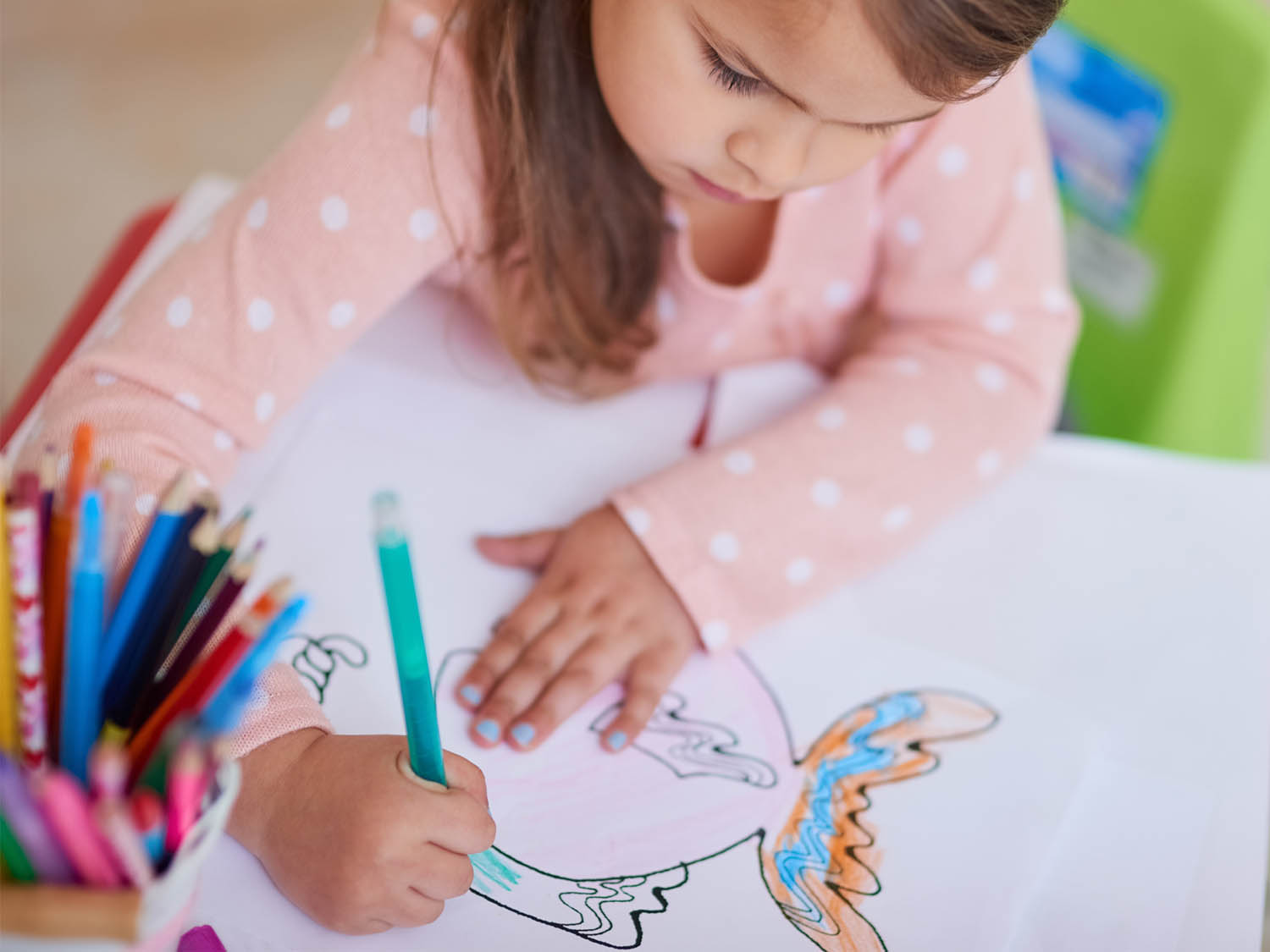Winter has finally arrived for nearly everyone, with cold weather, rain, or even snow touching most places in the early days of 2016. This likely means you and your family are spending more time indoors.
We all struggle from time to time with ideas to keep the family (read “kids”) busy. I recently provided some ideas for indoor games and activities, thanks to the collective effort of my team at Adventure to Fitness, with the goal of promoting active minds and active bodies.
Sometimes, though, it’s also good to return to the basics. Coloring and drawing are two of the earliest and simplest activities we do, but they’re also extremely beneficial. In fact, coloring books and parties for adults were huge trends last year, providing fun and low-cost ways to relax. Children can reap those same benefits and even more.
Coloring and drawing both help kids improve fine motor skills. They also train the brain to focus. For parents and teachers, these inexpensive activities require limited preparation and are well-suited to travel (particularly relevant with winter breaks approaching). Materials are readily available at most general retailers, discount stores, or online. Tech-driven parents can find a growing number of coloring and drawing apps available on mobile devices.
For those looking for fun and clever ways to incorporate educational components, coloring and drawing both fit the bill. With younger kids, coloring can be done with packaged books and pages, matching their interests and abilities. As free-form coloring and drawing are introduced, kids nurture their creativity. In either case, learning can be introduced according to the child’s age and ability. For instance, kids can “Count the number of trains on the page” or “Name all the different animals in the picture.” You can focus on learning numbers, colors, geography, history, and even spelling. Similarly, parents can ask kids to draw a scene from their favorite book. Older topics can be introduced via drawing as kids mature, potentially even tapping interests in design, graphics, or architecture.
This isn’t an esoteric theory; we’ve seen the results firsthand at Adventure to Fitness. Our primary focus has always been animated videos that take kids on adventures around the world or throughout history. During the shows, we get kids moving and introduce educational material that’s relevant to the particular episode. As we started talked with the thousands of teachers using our program, we noticed that many were following our videos with coloring or drawing to give kids a break after the physical activity, while reinforcing the learning from a particular episode. We began providing free coloring pages for the younger kids, particularly since much of the educational content might be beyond their immediate comprehension but could be tackled with the self-paced, creative-expression activities like coloring and drawing. In line with this, we also released a full coloring book to complement the Serengeti Stampede episode. While we always seek to provide fun activities, the ultimate purpose is to reinforce health and educational concepts from the Serengeti in an engaging (and repetitive way) with kids.
Coloring and drawing provide quick solutions you can pull off the shelf for those cold and wet days when the family stays inside. Determine what works best with your family and keep in mind that coloring and drawing provide many benefits for physical and mental development, beyond just fun activities!

